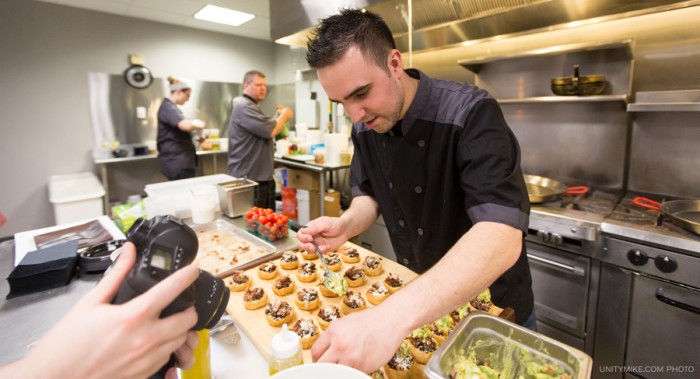
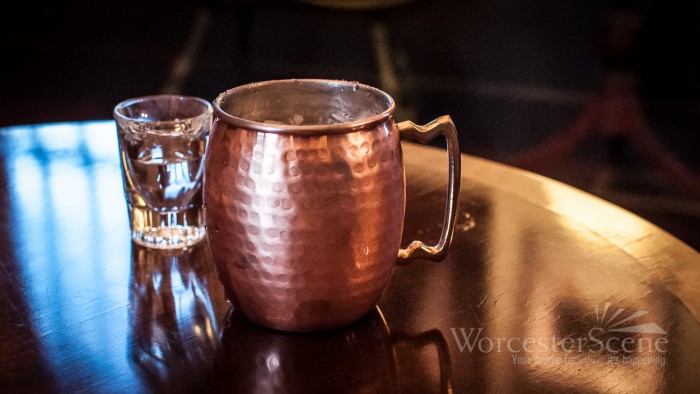 These days it seems like the large spirit companies are producing every kind of flavored vodka you can imagine, from citrus to chocolate flavored vodkas. Some companies are even producing whipped cream flavored vodka…which, when you think about it, I’m not even sure that makes sense to me yet. To produce these flavors, companies are introducing all kinds of arificial chemicals and chemical extracts into the spirit, which, as a craft bartender, seems to go against everything that I believed in…which is using fresh ingredients and staying away from any artificial flavors and additives. To say that I had been turned off from vodka over the last ten years would be an understatement. Inevitably, someone would come into the bar and request the latest whipped vodka flavored cranberry and peach crazytini they had at their favorite college bar. As I would sit there and try to explain that we didn’t carry any flavored vodkas and we only carried fresh squeezed fruit juice, their eyes would glaze over and then they would mumble under their breath, certainly cursing at me or calling me “old”, among other unmentionables.
These days it seems like the large spirit companies are producing every kind of flavored vodka you can imagine, from citrus to chocolate flavored vodkas. Some companies are even producing whipped cream flavored vodka…which, when you think about it, I’m not even sure that makes sense to me yet. To produce these flavors, companies are introducing all kinds of arificial chemicals and chemical extracts into the spirit, which, as a craft bartender, seems to go against everything that I believed in…which is using fresh ingredients and staying away from any artificial flavors and additives. To say that I had been turned off from vodka over the last ten years would be an understatement. Inevitably, someone would come into the bar and request the latest whipped vodka flavored cranberry and peach crazytini they had at their favorite college bar. As I would sit there and try to explain that we didn’t carry any flavored vodkas and we only carried fresh squeezed fruit juice, their eyes would glaze over and then they would mumble under their breath, certainly cursing at me or calling me “old”, among other unmentionables.
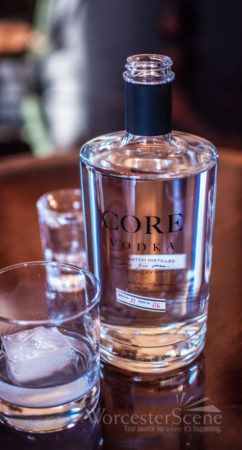 The truth is, vodka does have its place at the bar, and as recently as 2012, vodka accounted for as much as a 34% share of the overall spirits sales in the United States. The next closest was rum, coming in at 13% and American whiskey at 10%. So, as much as I despised (and still do) the artificial flavored trends of the vodka distributors, the spirit cannot be ignored. Vodka does indeed have its place at the bar, and used in the right cocktail, or in the right context, can be fantastic. We’ll talk about some of these cocktails in a moment, but first, what is vodka and how did we get here?
The truth is, vodka does have its place at the bar, and as recently as 2012, vodka accounted for as much as a 34% share of the overall spirits sales in the United States. The next closest was rum, coming in at 13% and American whiskey at 10%. So, as much as I despised (and still do) the artificial flavored trends of the vodka distributors, the spirit cannot be ignored. Vodka does indeed have its place at the bar, and used in the right cocktail, or in the right context, can be fantastic. We’ll talk about some of these cocktails in a moment, but first, what is vodka and how did we get here?
Vodka is odorless, colorless, and nearly tasteless neutral spirit that can technically be distilled from just about any material. The key is that the distillate must be at or above 190 proof and then reduced to not more than 110 proof by one of three methods so that the resulting product would be ‘without distinctive character, aroma, or taste” Furthermore, federal regulations state that the “distillate, after treatment, must be stored in metal, glass, porcelain, or paraffin-lined tanks”. So while vodka can be distilled from anything, some of the more common materials used are corn, rye, and potatoes.
So we know what vodka is, but how is it made? There are three main stages of producing vodka and these include Mashing, Distilling, and Filtration/Purification. Mashing is the first step in the process and involves combining the grain (or vegetable) of choice with water and yeast. The quality of the water here will certainly make a difference when considering the after effects of consuming vodka (insert bad hangover story here). The mixture (known as wort) is allowed to ferment for various amounts of time.
Once the mixture has fermented long enough, and the yeast has done it’s job by breaking down the natural sugars into alcohol, the distillation process can begin. The distillation process can happen for as many 6 times, and in fact, many brands tout the number of distillations on their label, portraying a cleaner, more drinkable vodka. Impurities and portions of the liquid are discarded during each distillation to improve the spirit. Multiple distillations can, in fact, produce a vodka that is almost pure ethanol (180-190 proof). Of course, this must be diluted with water to make it drinkable, which seems almost counterintuitive (first they remove water and then add more water back in?). You can see here why it would be important to use only the purest of water if you’re adding it back in to the distillate.
Once distillation is complete, we move on to the final stage of producing vodka, and that is purification. Purification, or filtering, can give vodka some of it’s uniqueness from brand to brand. Some brands prefer to purify the liquid by rapidly cooling it and allowing the impurities to sink to the bottom where they can be discarded. Other brands prefer to filter the distillate through such mediums as charcoal or other materials.
With so many steps being taken to reduce the amount of impurities in vodka, you can see there is a lot of room to cut corners. In this case, cutting corners reduces production cost, and allows cheaper vodka to hit the market. Out of the major spirit categories, I would caution that choosing a cheap vodka will come back to you ten-fold, and not in a good way. It’s extremely important to choose quality over quantity in this case. And surprisingly, vodka’s drawbacks of being odorless and virtually tasteless, turn out to be one of it’s greatest strengths.
Vodka is actually one of the most versatile and customizable spirits on the market. It is a great medium for creating your own at-home infusions and cocktails. With a little bit of time, quality vodka will take on the flavor profile of just about anything you can put in there. One of my favorites that we used to work with at Still & Stir turned out to be a jalapeno infused vodka that provided just enough heat to the cocktail. Now that we are fully into Spring, I would encourage you buy a quality bottle of vodka, get some fresh fruit or herbs from your local farmer’s market, and create a couple of infusions. Store a couple at your house and you’ll have a wonderful base to create some delicious cocktails all season long. Cheers!
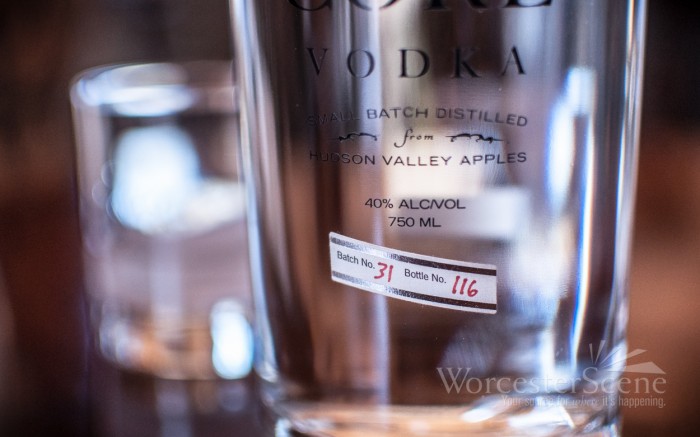
Moscow Mule
- 2 oz vodka
- .5 oz simple syrup
- 4 – 5 mint leaves
- 2 – 3 wedges of lime
- Ginger Beer
- Combine vodka, simple syrup, mint leaves, and squeezed lime juice in glass (lightly press mint leaves to release oil). Shake briefly to incorporate ingredients and top with ginger beer.
Cosmopolitan
- 1.5 oz vodka
- .75 oz Cointreau
- Spoonful of fresh lime juice
- Spoonful of cranberry juice
- Combine ingredients in shaker and shake vigorously. Pour into martini glass, garnish with orange zest, and serve
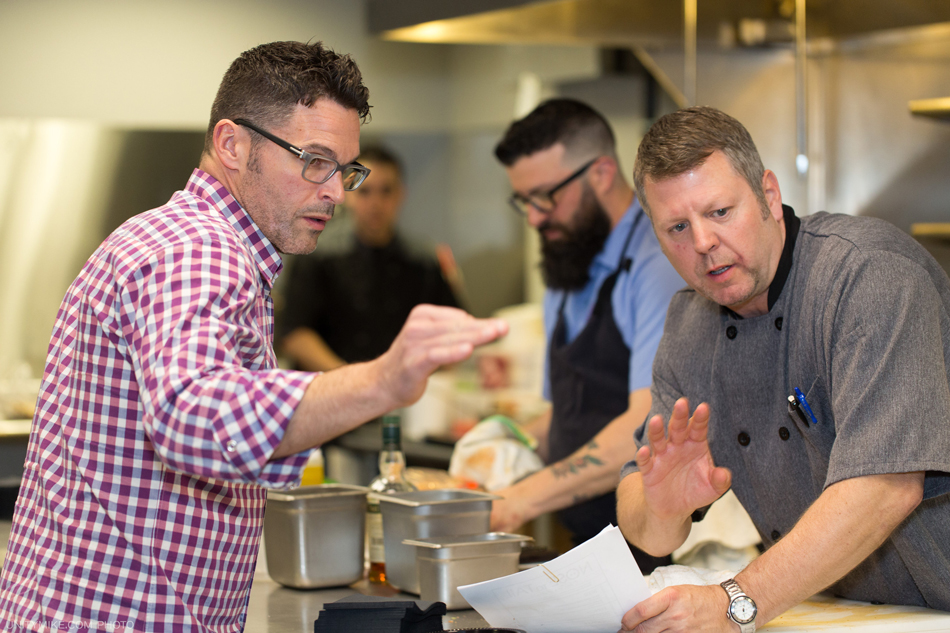
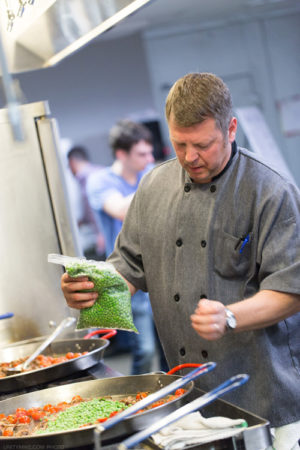 The contest, which is currently running via their Facebook pages, will offer the winners the opportunity to spend an evening with the president of the Niche Hospitality Group, Mike Covino. They will learn about the restaurant industry, tour the dining room, hang out in the kitchen, and most importantly, enjoy some incredible food and drinks from the likes of Bocado Tapas Bar, Mezcal Cantina, Rye & Thyme, The People’s Kitchen, The Citizen, Still & Stir, and The Fix.
The contest, which is currently running via their Facebook pages, will offer the winners the opportunity to spend an evening with the president of the Niche Hospitality Group, Mike Covino. They will learn about the restaurant industry, tour the dining room, hang out in the kitchen, and most importantly, enjoy some incredible food and drinks from the likes of Bocado Tapas Bar, Mezcal Cantina, Rye & Thyme, The People’s Kitchen, The Citizen, Still & Stir, and The Fix. One winner will be selected for each of Niche’s markets, which include Worcester, Wellesley, and Leominster, Massachusetts, as well as Providence, Rhode Island.
One winner will be selected for each of Niche’s markets, which include Worcester, Wellesley, and Leominster, Massachusetts, as well as Providence, Rhode Island.
